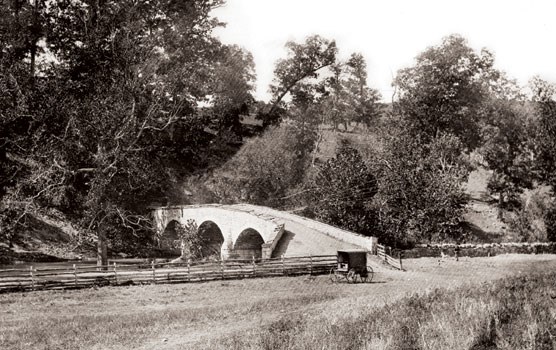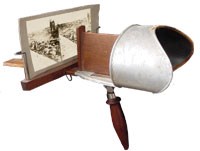
Types of Photographic Images 1. Daguerreotype - This was the earliest form of photography, invented in 1839 by Frenchman Louis Daguerre. It used polished silver plates as the base for the image. Few Daguerreotypes were taken during the Civil War. 2. Ambrotype - Invented in the early 1850s, the ambrotype resembled a daguerreotype except glass, instead of a silver plate, was used for the base of the image. The ambrotype was a thin or light collodion negative on a glass plate. When backed with black varnish, paper or cloth the negative turned into a positive photograph. This technique was popular until the 1860s. 3. Ferrotypes or "Tin-Types" - This process was invented soon after the ambrotype. These photographs became the most common form for inexpensive images made during the Civil War. The tintype was very similar to the Ambrotype, except a blackened piece of sheet iron was used, instead of glass, as the base of the photograph. 4. Carte de Visite - The carte de visite (French for "visiting card) was a small paper print made from a glass negative. This new ability to mass-produce prints from a collodion negative fascinated the nation, both North and South. 
5. Stereograph, Stereoview or Stereocard - Many of the greatest Civil War photographs, including the majority taken at Antietam, were actually produced as a stereo negatives. The camera had two lenses about the same distance apart as human eyes. Two images were taken at the same time, reproduced on a rectangular card, and when seen through a special viewer a three dimensional effect was produced. Conclusion Today, the stark black and white images of the Civil War are as eloquent and as wrenching as they were 140 years ago when the New York Times described Gardner’s Antietam photographs and stated that "...broken hearts cannot be photographed." |
Last updated: April 10, 2015
